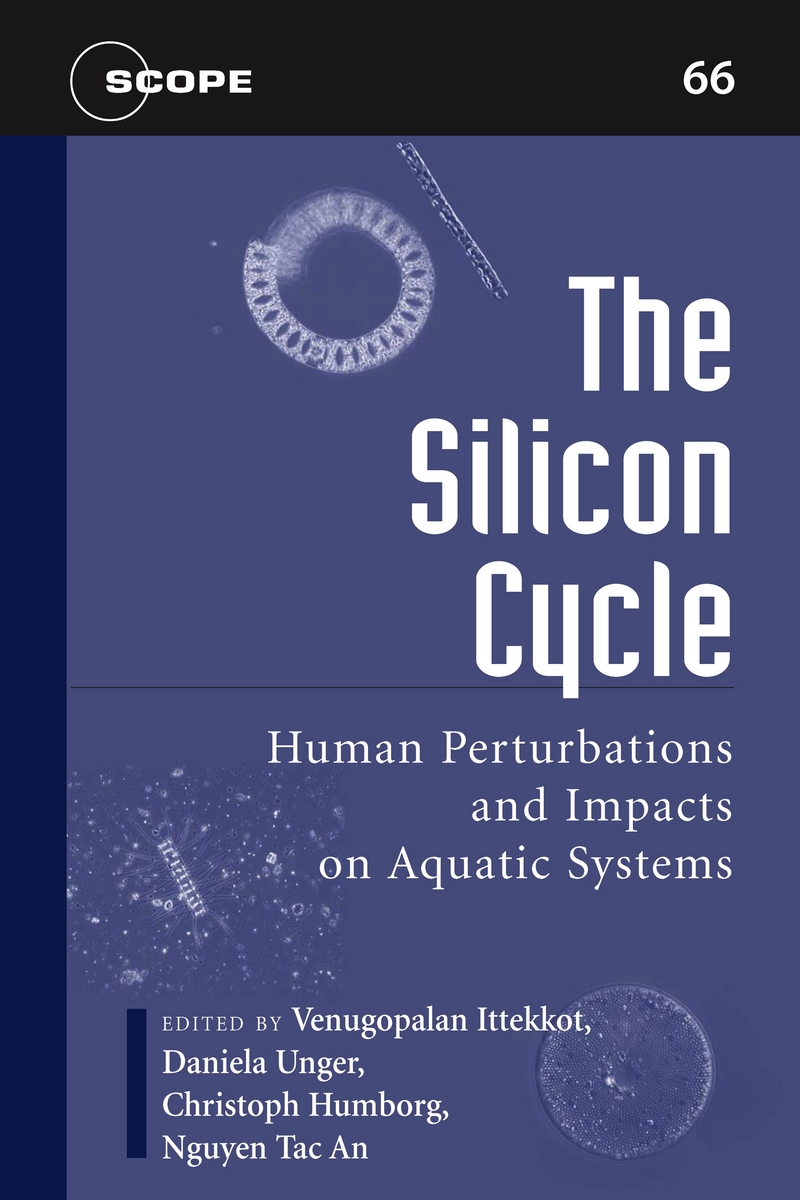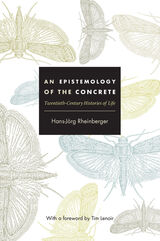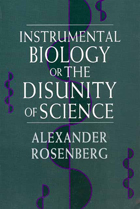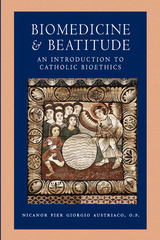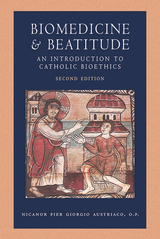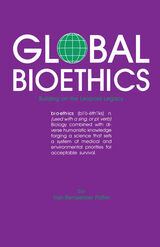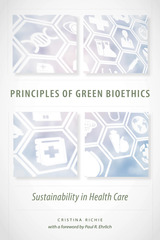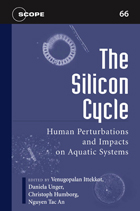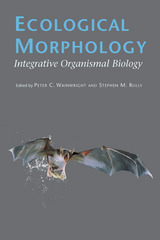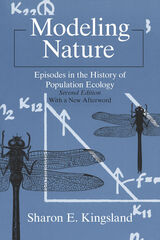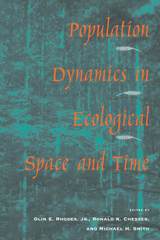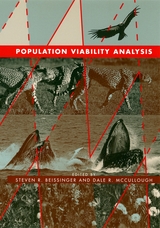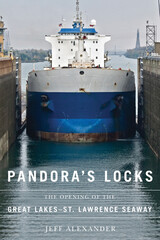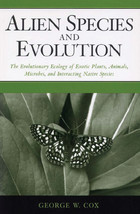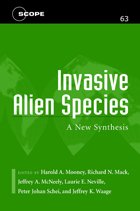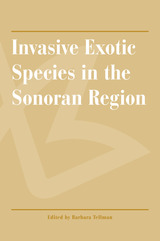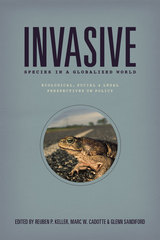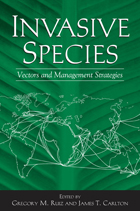The Silicon Cycle: Human Perturbations and Impacts on Aquatic Systems
Island Press, 2006
Paper: 978-1-59726-115-9 | eISBN: 978-1-59726-782-3 | Cloth: 978-1-59726-114-2
Library of Congress Classification QH344.S55 2006
Dewey Decimal Classification 577.14
Paper: 978-1-59726-115-9 | eISBN: 978-1-59726-782-3 | Cloth: 978-1-59726-114-2
Library of Congress Classification QH344.S55 2006
Dewey Decimal Classification 577.14
ABOUT THIS BOOK | AUTHOR BIOGRAPHY | REVIEWS | TOC | REQUEST ACCESSIBLE FILE
ABOUT THIS BOOK
Silicon is among the most abundant elements on earth. It plays a key but largely unappreciated role in many biogeochemical processes, including those that regulate climate and undergird marine food webs.
The Silicon Cycle is the first book in more than 20 years to present a comprehensive overview of the silicon cycle and issues associated with it. The book summarizes the major outcomes of the project Land-Ocean Interactions: Silica Cycle, initiated by the Scientific Community on Problems of the Environment (SCOPE) of the International Council of Scientific Unions (ICSU). It tracks the pathway of silicon from land to sea and discusses its biotic and abiotic modifications in transit as well as its cycling in the coastal seas. Natural geological processes in combination with atmospheric and hydrological processes are discussed, as well as human perturbations of the natural controls of the silicon cycle.
See other books on: Aquatic ecology | Chemistry | Environmental | Environmental Science | Impacts
See other titles from Island Press
